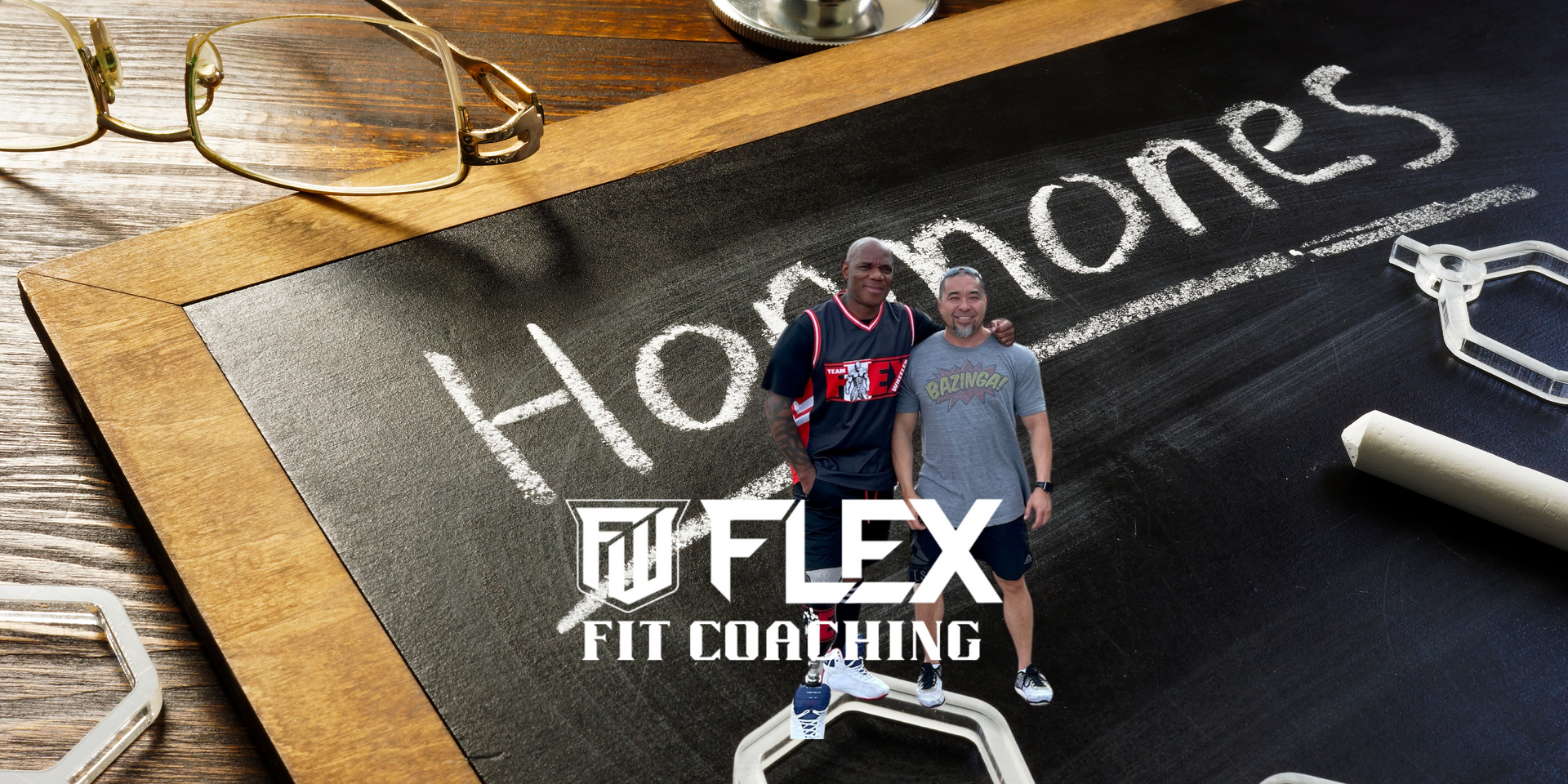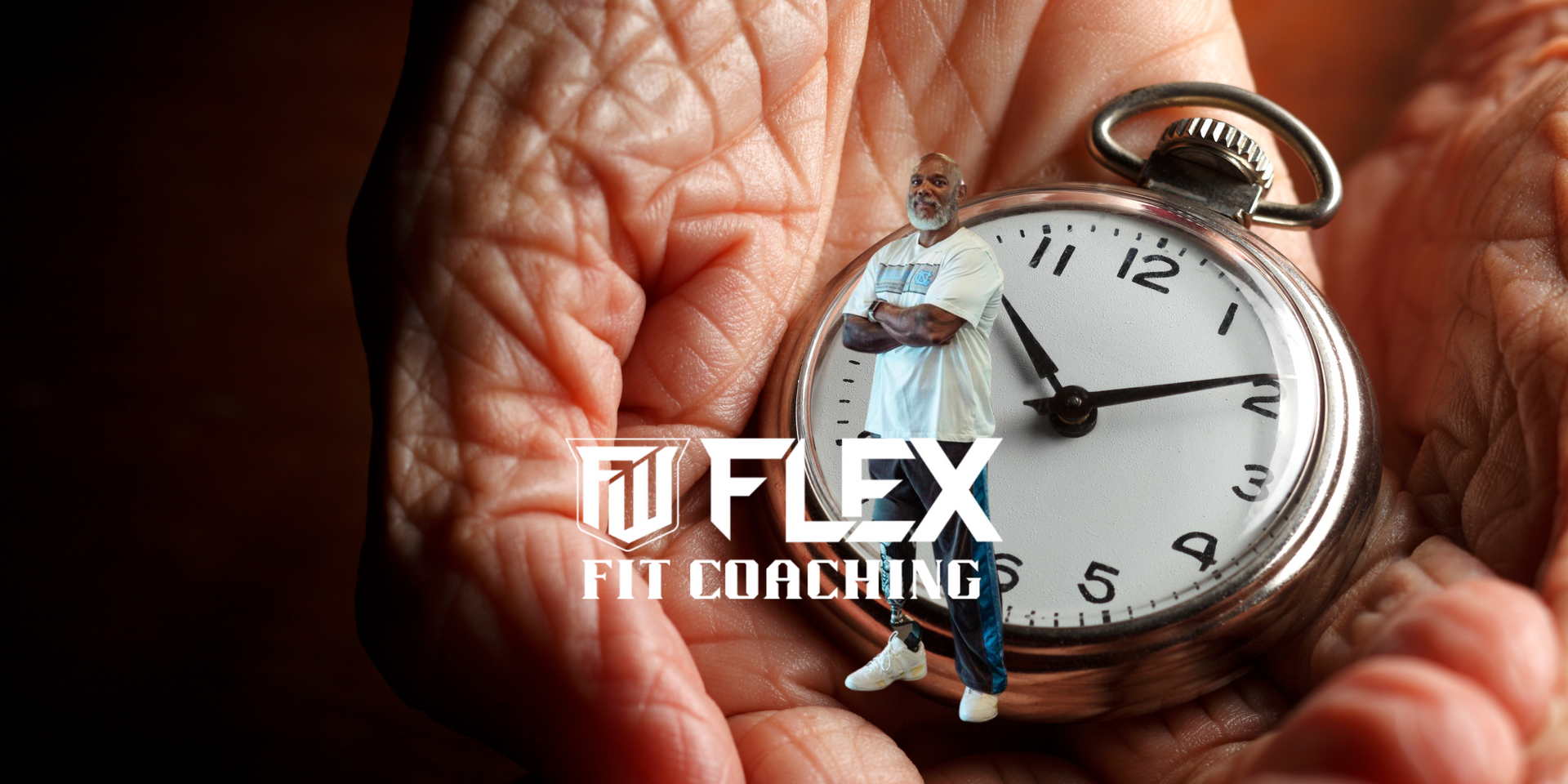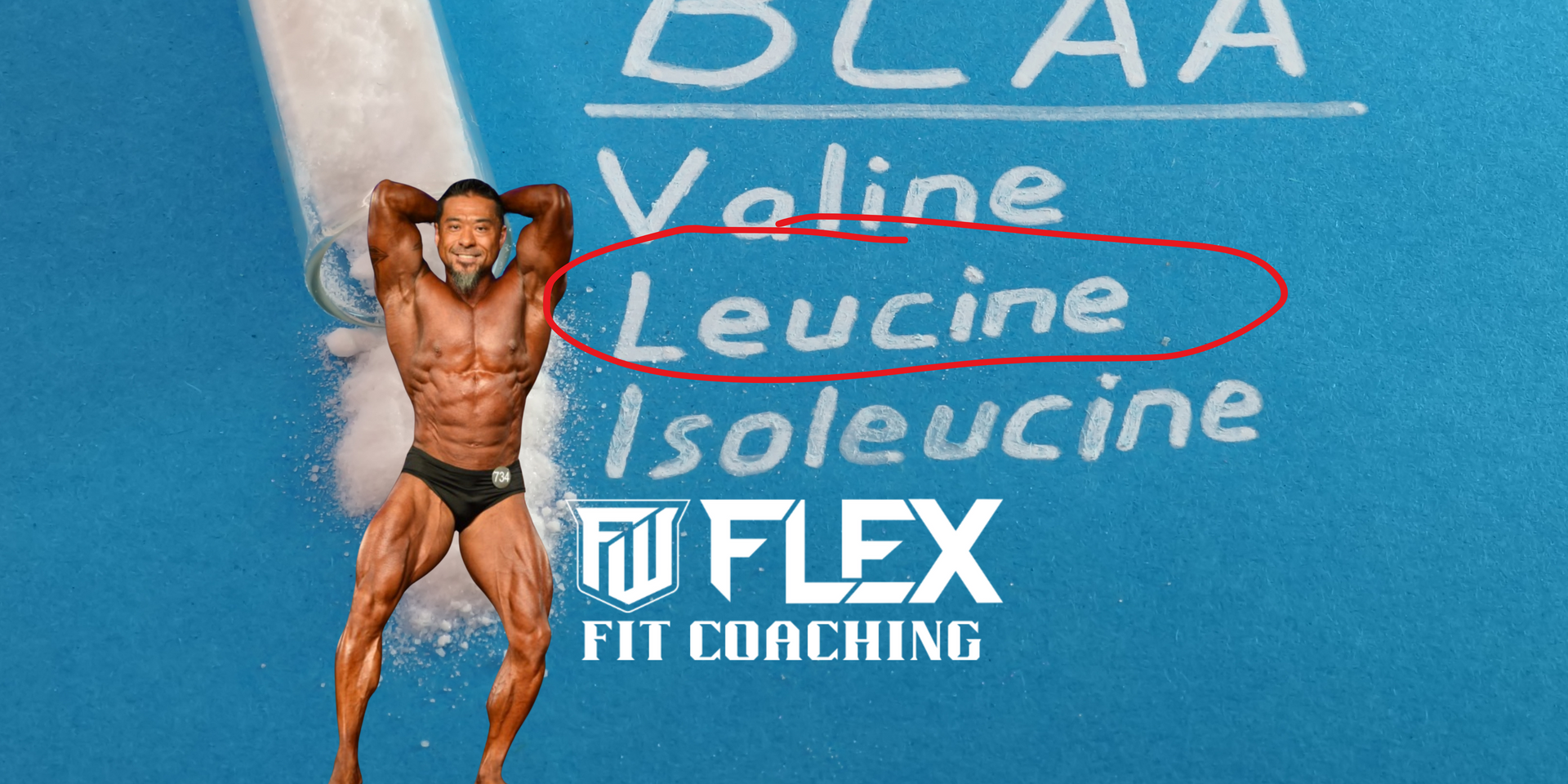Perfect Reps for Growth
What’s the Perfect Rep Range for Muscle Growth?

What’s the Perfect Rep Range for Muscle Growth?
Let’s clear the air: there is no one-size-fits-all rep range for hypertrophy—no matter what your favorite social media “expert” might say.
I’ve seen everything from people swearing by nothing over 4–6 reps, to others pumping out endless high-rep sets. But here’s what the research actually tells us: muscle growth can be stimulated with anywhere from 5 to 30 reps per set.
🧠 Backed by Science:
✅ Schoenfeld et al. (2014) found similar hypertrophy responses between low-load (30% 1RM) and high-load (80% 1RM) training, as long as sets were taken to failure.
Source:
Schoenfeld BJ et al., 2014, Journal of Strength and Conditioning Research
✅ Morton et al. (2016) confirmed that hypertrophy and strength gains can occur equally in low- and high-load training when volume is equated and effort is high.
Source:
Morton RW et al., 2016, Journal of Applied Physiology
1. Tempo & Rep Count Affect Time
Tempo itself may not drastically affect hypertrophy—but it will impact your session length and how you manage fatigue.
✅ Schoenfeld et al. (2015) found that very slow tempos may actually reduce hypertrophic outcomes compared to traditional tempos.
Source:
Schoenfeld BJ et al., 2015, Journal of Sports Science and Medicine
2. Higher Reps = More Time, Lower Reps = More Risk
Going high-rep means longer sets, more fatigue, and greater session duration. Low-rep, high-load training introduces more joint and connective tissue stress and generally requires more sets for optimal hypertrophy.
✅ Schoenfeld et al. (2017) noted that higher-load training (e.g. 3–5 reps) may require additional sets to match the volume of moderate-load training (8–12 reps).
Source:
Schoenfeld BJ et al., 2017, Sports Medicine
3. Choose What Suits You
If your goal is hypertrophy, not powerlifting, then choosing the most sustainable and safest rep range for your body and schedule is key.
✅ Schoenfeld & Grgic (2018) suggest individual preference and adherence are critical for long-term hypertrophy success.
Source:
Schoenfeld BJ & Grgic J, 2018, Strength and Conditioning Journal
4. Train Hard, Leave a Couple Reps in the Tank
Training to failure isn’t always necessary—but you should be pushing close to it.
✅ Helms et al. (2018) recommend leaving 1–3 reps in reserve to optimize training volume and reduce injury risk while still driving adaptation.
Source:
Helms ER et al., 2018, Sports (Basel)
🔑 Bottom line:
There is no magic rep range. Science shows you can build muscle with low, moderate, or high reps—as long as you train with intent, effort, and consistency. Obviously, we can help with that!
Want help tailoring your training to your goals and recovery? Drop a comment or reach out—happy to help! 💪
Coach Greg Nagaye MS, CSCS
IFBB Pro









